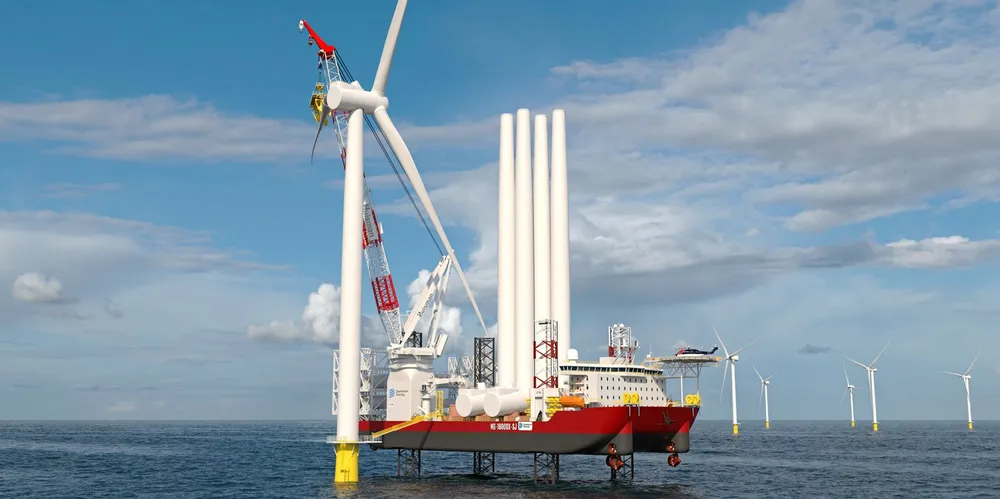First US-made offshore wind installation vessel Charybdis delayed amid spiralling costs
Nation's only Jones Act-compliant WTIV owned by Dominion will miss its debut for Orsted-Eversource's Revolution Wind build out

In its second quarter filing this month with the US Securities and Exchange Commission, the Virginia-based utility noted that costs for the vessel being constructed by Keppel AmFELS have risen to $625m, a sharp uptick from its reported $500m price tag in 2020 when it was commissioned.
Slayton said: “There has been no change to the construction cost of the vessel,” despite inflation and supply chain turmoil that has roiled the global offshore wind industry.
Instead, “the term of the financing lease was extended, resulting in an increase in total project cost, inclusive of financing costs,” he said, without elaborating.
High shipbuilding costs and lack of shipyard capacity have deterred investors from domestically built WTIVs.
In 2021, Monaco-headquartered maritime firm Eneti pulled out of a proposal to build two WTIV in the US in favour of South Korean shipbuilder Daewoo for $330m each.
Missed Revolution
The delay will see the WTIV miss its first outing for installation of Orsted-Eversource’s 704MW Revolution Wind project.
The WTIV was slated for at-sea installation of Orsted-Eversource’s Revolution and 920MW Sunrise Wind arrays before moving on to CVOW in 2025.
Sources indicate that Orsted is now looking for alternative solutions for the installation of Revolution’s 64 11MW Siemens Gamesa turbines.
Despite the setback, Ferguson said: “Both Revolution Wind and Sunrise Wind remain on schedule to begin operations in 2025.”
“We remain committed to building and utilising an American maritime industry, including Jones Act-compliant vessels as well as crews,” he added.
The firm said that current generation turbines, including GE Renewables 13.7MW Haliade-X being installed in the UK’s Dogger Bank and at US’ Vineyard Wind, are so large they have “rendered obsolete some elements of the supply chain”, including WTIVs.
The firm is calling for a cap on turbine size for at least 10 years to give investors in WTIVs and other segments of the supply chain confidence that they can make a return on investment.
(Copyright)